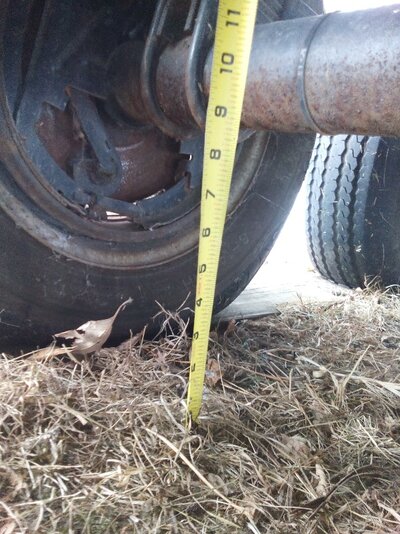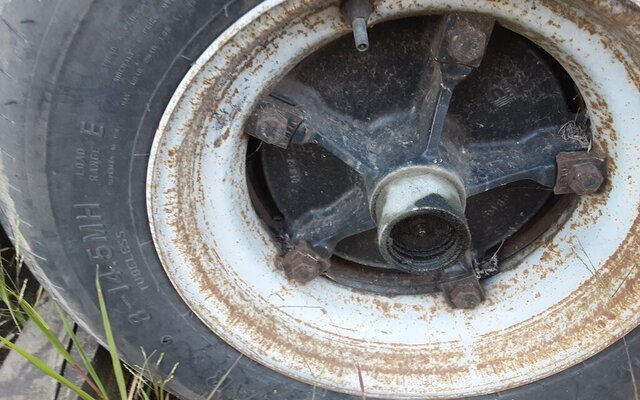I have a trailer built with mobile home axles. Neither the lights nor the brakes work, and I need to replace the tires.
The question is do I simply need to replace the wiring, or do I need to replace the brakes, as well?
I know the wiring is bad - it looks like someone ran over the seven-pin connector, and I'd want to replace the lights with LEDs in any case.
But I'd like to know, before I start, whether I simply need to rewire the brakes, or whether they need to be replaced, as well.
Given that one, the brakes don't work, now, and I'm planning on replacing the wiring, regardless, I'm thinking that I'd simply cut the wire, and connect 12v DC to the two ends.
Should this work? I'm expecting that the magnet would move. Am I wrong?
The question is do I simply need to replace the wiring, or do I need to replace the brakes, as well?
I know the wiring is bad - it looks like someone ran over the seven-pin connector, and I'd want to replace the lights with LEDs in any case.
But I'd like to know, before I start, whether I simply need to rewire the brakes, or whether they need to be replaced, as well.
Given that one, the brakes don't work, now, and I'm planning on replacing the wiring, regardless, I'm thinking that I'd simply cut the wire, and connect 12v DC to the two ends.
Should this work? I'm expecting that the magnet would move. Am I wrong?


